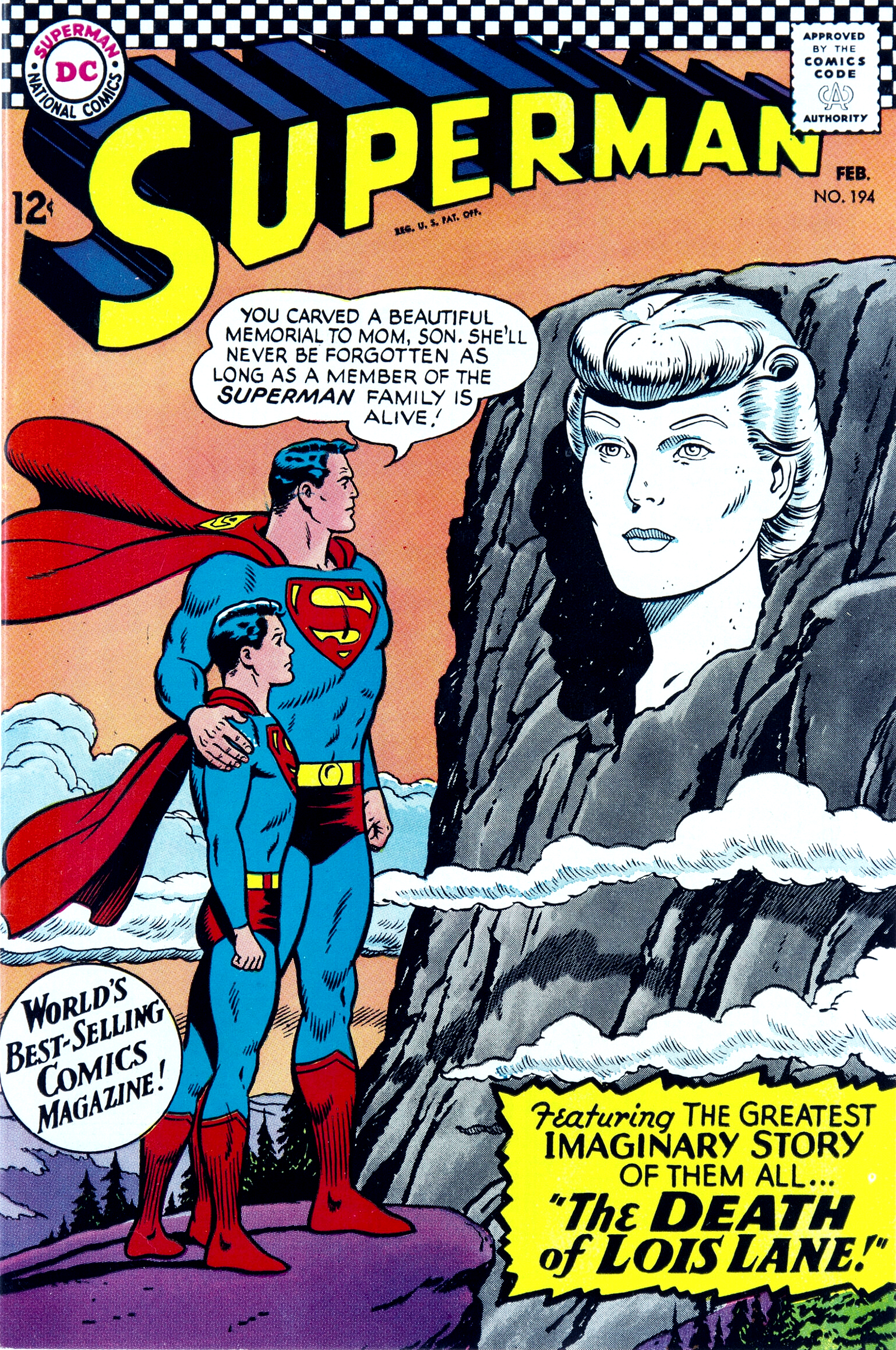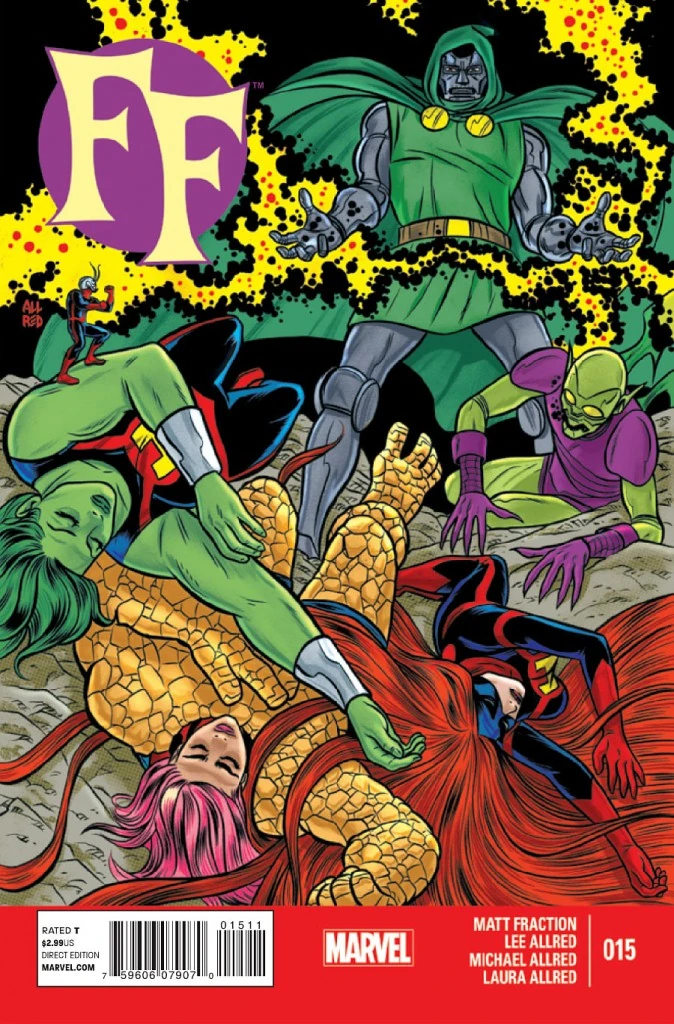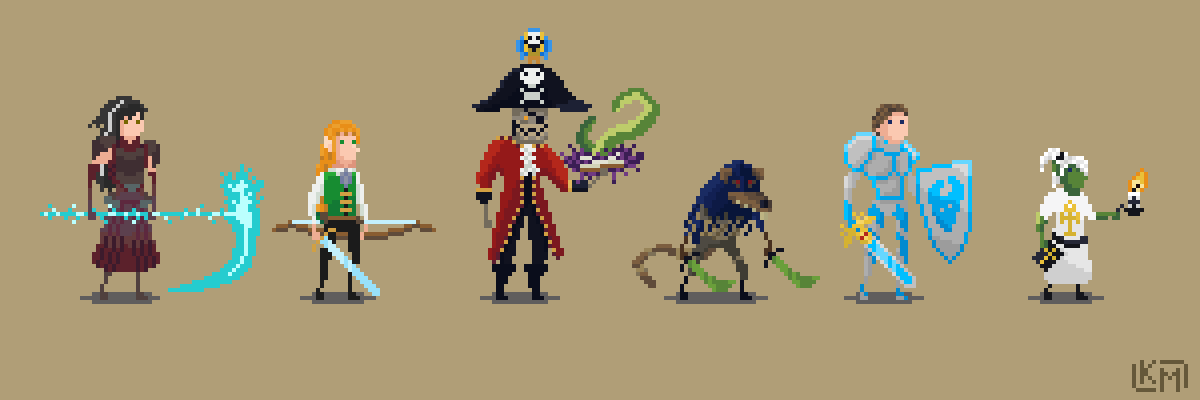This post first appeared in January of 2012. It's still true today...
You may have heard this one: A homeless newsboy in a nameless city follows a mysterious stranger into a subway station.
The stranger leads the boy aboard "a strange subway car, with headlights gleaming like a dragon's eyes," and decorated inside and out with weird, perhaps mystic, symbols. The car "hurtles through the pitch-black tunnel at tremedous speed." Their destination:
And beyond, a cavernous hall decorated with grotesque statues of the iconic failings of man. At the end of the hall, a hierophant sits immobile on a throne, a square block of granite hanging precariously over his head by a slowly unraveling thread.
The wizard is, of course, Shazam and the Boy is Billy Batson. Billy is about to be given the power of six mythological figures. At that point this story becomes a superhero origin, but at all times it's a fantasy story, too. Grant Morrison (in Supergods) sums it up like this:
"the train carries Billy into a deep, dark tunnel that leads from this world to an elevated magical plane where words are superspells that change the nature of reality."
My point is bringing up Whiz Comics #2, is that I think fantasy in an urban setting ought to have a bit more of this and a bit fewer succubus streetwalkers, werewolf bikers, or angels in white Armani suits. Not that there's anything wrong with those things--but they've gotten commonplace. Perfunctory.
There's no reason why fantasy in a modernish setting can't be infused with weird or wonder. We've got plenty of examples: Popeye's pet jeep, the Goon's antagonists, or in a less whimiscal vein, VanderMeer's city of Ambergris suffering under occupation by fungoid invaders. I can't be the only one that wants fantasy in the modern world to be something other than 90's World of Darkness retreads.
4 hours ago



















